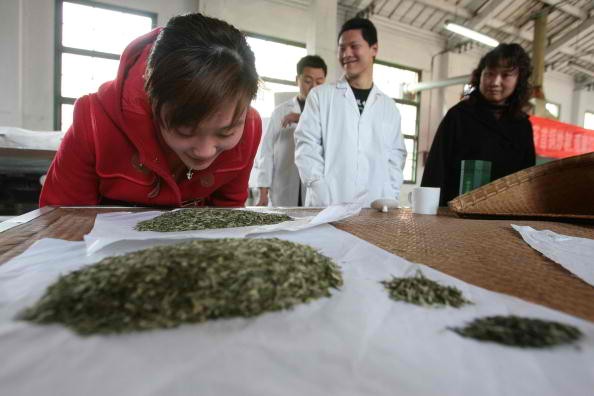To meet the demands of a huge tea drinking country, Starbucks China launched Teavana, a line of tea flavors available in all Starbucks China stores. Aside from the traditional tea flavors, the store will be selling two new iced tea flavors designed for Chinese customers.
"As we continue to deepen the reach of the Starbucks brand in China, our customers are increasingly asking us for new and different ways to experience tea. Just as we've done for coffee, Teavana is tea reimagined by Starbucks," said Belinda Wong, president of Starbucks China.
The Chinese tea market is now valued at 63.2 billion yuan and ten times larger than the coffee consumption in the country. Worldwide, tea is the second most consumed beverage.
"The health trend is growing strongly across Asia, and as with most things, uptake of new trends in China tends to be faster than the rest of the world," said Matthew Crabbe, Mintel Group Ltd.'s head of Asia-Pacific research.
He added, "There is a strong tea identity in Asia and it also chimes well with the particularly Asian view of healthcare as being centered around prevention, rather than cure. Because of this, tea-based products are likely to see strong growth."
When Starbucks acquired Teavana, sales in the U.S. grew by 12 percent and the iced tea growing to 29 percent.
According to Vera Wang, the company's director for product line innovation in China and Asia Pacific, "With the rich tea culture here, we couldn't have beverages that are expected or common, or we could not give consumers that feeling of premiumization and of being different."
"Tea is, of course, a mature market in Asia," said Crabbe. "It's been around for thousands of years and we saw how rapidly bubble tea took off among teen consumers across Asia several years ago. But as those younger consumers get older, they will trade to something more sophisticated, which is where Teavana could fit in."






















